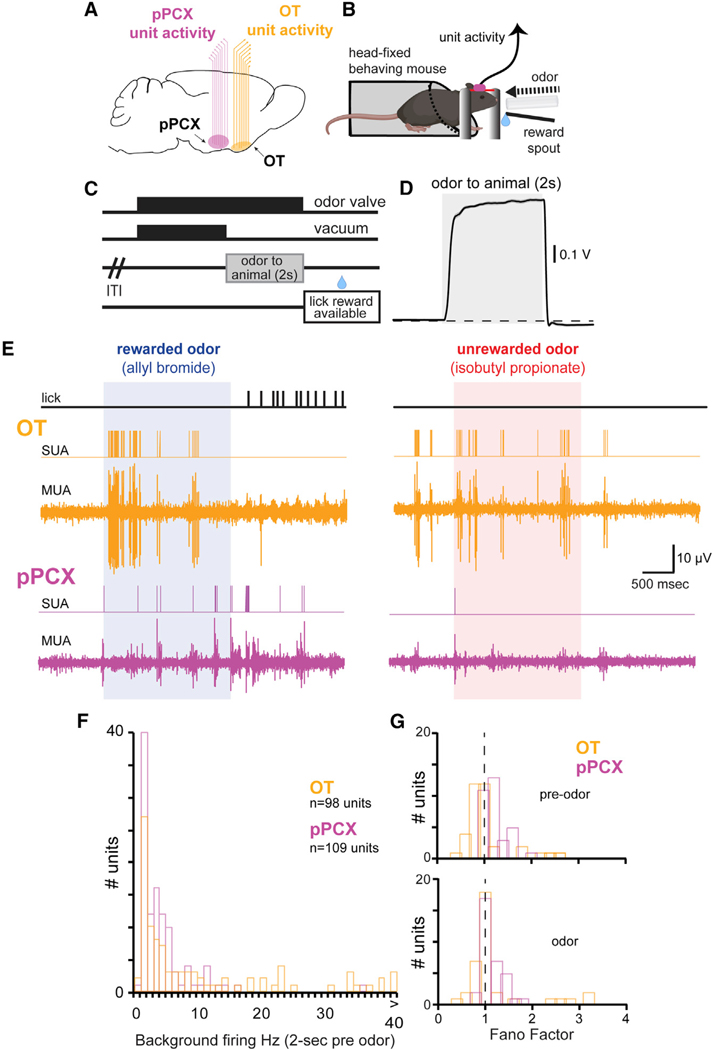Figure 1. Paradigm for Investigating the Distribution of Odor-Reward Associations among Olfactory Cortices.
(A) Recording schematic indicating simultaneous monitoring of OT and pPCX activity with multichannel arrays in mice (8 wires per region). pPCX activity and OT activity were recorded on opposite hemispheres within mice.
(B and C) Schematic of head-fixed behavioral setup (B) and experimental trial outline (C). Water-deprived mice implanted with chronic multi-site arrays into their OT and pPCX (as in A) and a head-bar were acclimated to head restraint and shaped in a lick/no-lick odor discrimination task wherein, following a variable inter-trial interval (ITI), one odor signaled the availability of a small palatable fluid reward from a reward spout following odor offset (during the “lick reward available” epoch). Alternative (unreinforced) odors were conditioned to not signal reward availability. OT and pPCX unit activity was acquired throughout performance in the task.
(D) Average evoked PID trace (photoionization detector; 10-Hz low-pass filter) in response to 20 presentations of 1,7-octadiene, illustrating rapid temporal dynamics and good stability of odor delivery within trials. Dashed horizontal line indicates baseline. Data represent mean ± SEM.
(E) Example OT and pPCX unit activity. Multiunit activity (MUA) was spike sorted offline to identify single-unit activity (SUA) using template matching and cluster cutting with principal-component analyses. Vertical lines on the lick trace indicate timing of individual licks (detected with an infrared photo-beam in front of the lick spout). Vertical scale bar applies to both OT and pPCX MUA channels. Data are from two consecutive trials.
(F) Background firing rate distribution of all pPCX and OT single units used for analysis (−2,000 to 0 ms pre-odor). n = 98 OT units and 109 pPCX units.
(G) Fano factor of OT and pPCX units pre-odor (−2,000 to −500 ms; top) and during odor (0 to 1,500 ms; bottom). Data from units during discrimination of the original conditioned odors (viz., pre-reversal learning; n = 36 OT units and 33 pPCX units) are indicated. Vertical dashed line indicates the theoretical Fano factor for a Poisson process.

